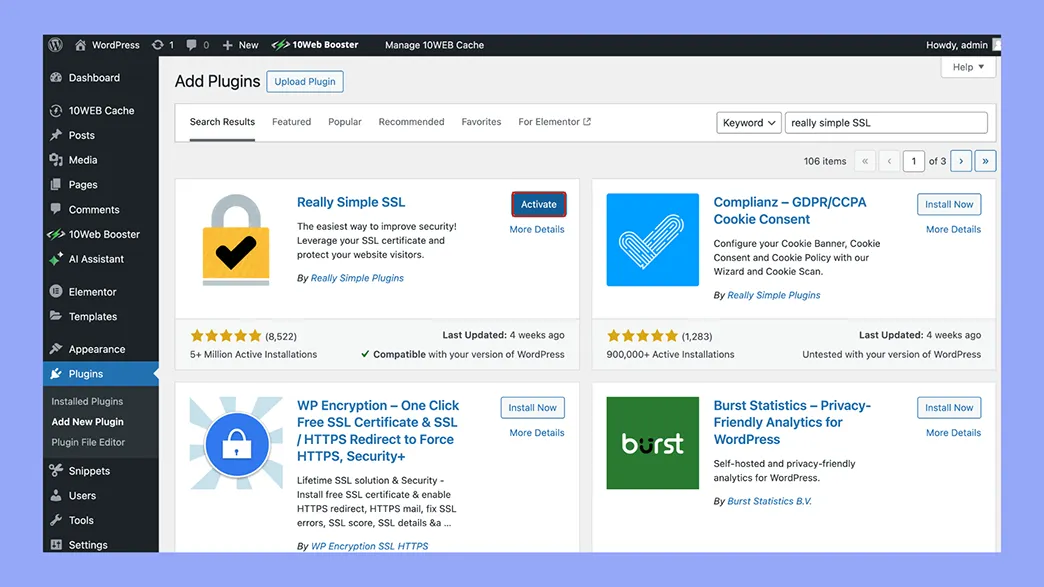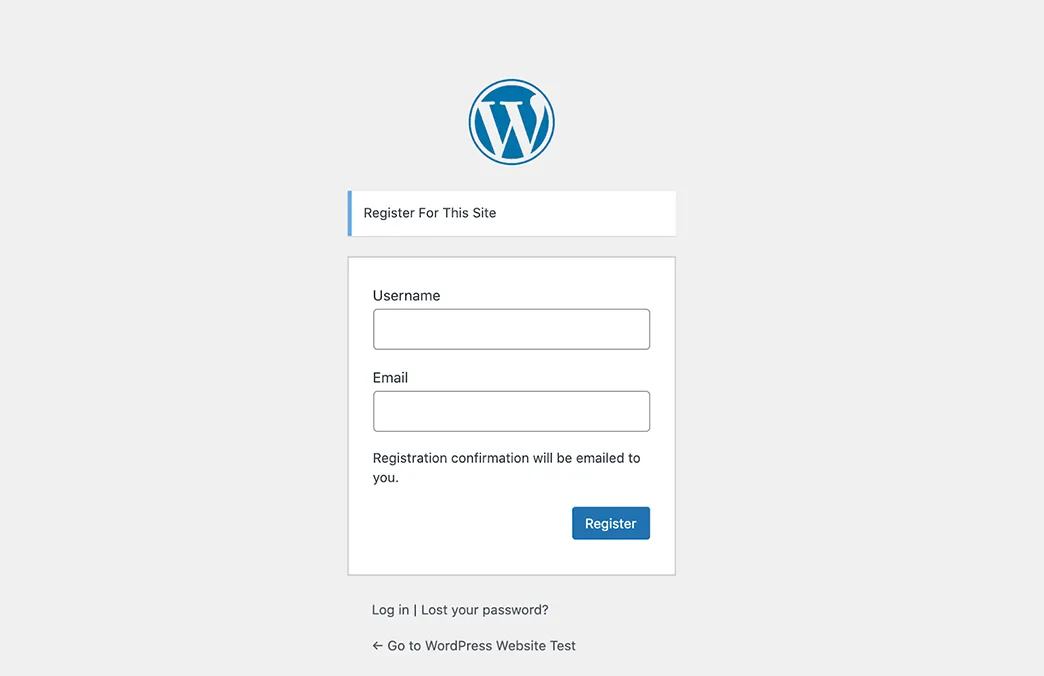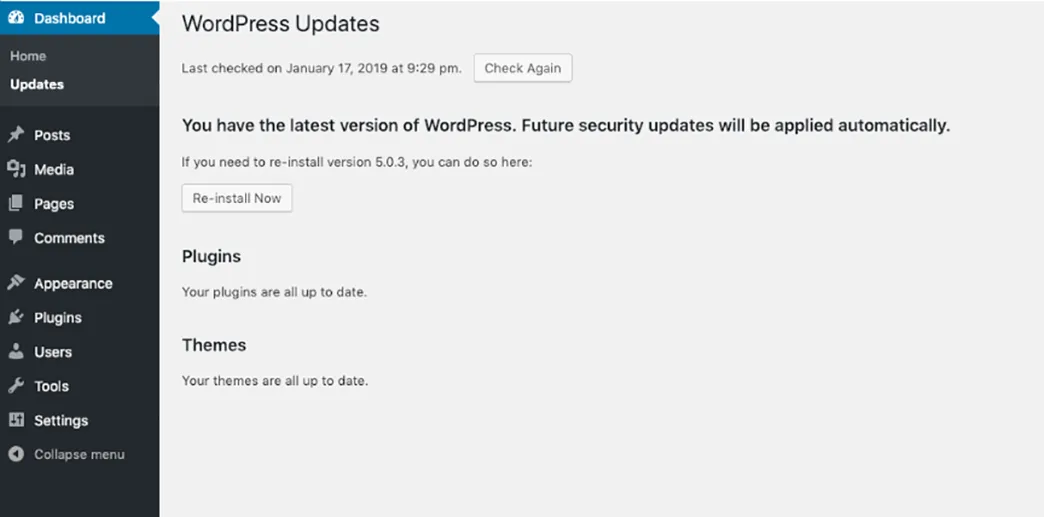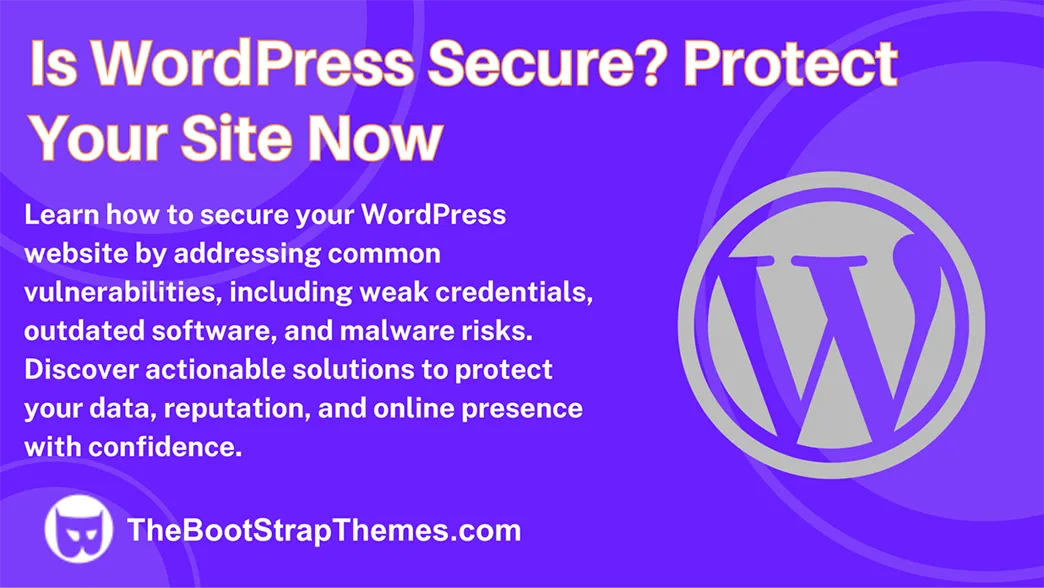One of the most often used systems on the internet, WordPress drives millions of websites all around. But with this popularity comes a big worry—security. Cyberattacks are becoming more likely as more companies and people depend on WordPress for their online presence. So the question is, Is your website safe? This post will guide you through the main security dangers WordPress sites run and provide doable fixes to make sure your site remains safe so you can concentrate on increasing your online profile free from concern.
Why Is Website Security Important?


Website security is crucial for your online presence and goes beyond only technical issues. A safe website guards your login credentials, sensitive user data, and personal information. Compromising security may result in stolen data, interrupted services, and financial loss. Beyond only technical harm, a security breach may hurt your reputation. A hacked website will make visitors less inclined to trust, and search engines might punish compromised sites, therefore lowering your internet presence. Maintaining confidence, preserving your operations, and guaranteeing your digital success all depend on keeping your WordPress site safe.
The Most Common Pitfalls That Compromise the Security of Your WordPress Website
Compromised WordPress or Hosting Login Credentials


Weak or stolen login credentials are among the most often used methods hackers find access to WordPress websites. Weak passwords and usernames like “administ” let fraudsters more easily employ brute force attacks to compromise your website. Furthermore, should your hosting account credentials be hacked, hackers might have access to the central files and databases of your website.
Solution
Always use strong, unique passwords including letters, numbers, and symbols to protect your PayPal login on your WordPress. Turn on two-factor authentication (2FA) to offer even more protection. Track your credentials safely with a trustworthy password manager. Make sure you select a trustworthy provider that gives security a top priority and features like account activity monitoring and safe authentication mechanisms for hosting accounts.
Outdated WordPress, Plugins, and Themes


Regular updates for vulnerabilities, bug fixing, and performance enhancement mark WordPress. Many website owners, however, forget to update their themes, plugins, and WordPress core. Older programs let hackers use known weaknesses as a point of access.
Solution
Update your themes, plugins, and WordPress software often to the newest iterations. If you utilize outside plugins, choose ones with a lot of users and good evaluations as they are more likely to be regularly maintained. To test changes before putting them on your live website, think about allowing automated updates for smaller releases or using a staging site.
Unsecure Hosting Environment
Even if your WordPress website is safe, hosting on an unstable or insecure server runs a major risk. Bad hosting conditions can cause weaknesses like shared server exploitation, poor firewalls, and insufficient virus protection.
Solution
Choose a hosting service that has strong security mechanisms including automated backups, DDoS protection, server firewalls, and consistent virus scanning. Since managed WordPress hosting companies are made especially to maximize security and efficiency, they are usually a wonderful option.
Malware, Spam, and Phishing
Common hazards to WordPress websites are phishing attempts and malware. Malware may compromise your website, pilfers private information, and even get passed to guests. Phishing efforts can fool consumers into disclosing financial information or login credentials.
Solution
Install a trustworthy WordPress security plugin such as Wordfence or Sucuri to search for malware and stop dubious behavior. Before nasty traffic gets to your site, filter it using a Web Application Firewall (WAF). Also, keep an eye on your website for illegal alterations and delete any dubious files or codes.
Brute Force Attacks, Cross-Site Scripting, and Other Vulnerabilities
Brute force attacks seek access to your site by continually attempting various username-password combinations. Conversely, cross-site scripting (XSS) vulnerabilities let attackers include harmful scripts into your website to access data or control capability. Other often occurring hazards include denial-of-service (DoS) attacks, file inclusion vulnerabilities, and SQL injection.
Solution
Limit login tries, install a plugin like Login LockDown, and stop brute force assaults. Making sure your plugins, themes, and PowerShell core are constantly current helps you guard against XSS and other issues. Block hostile code using sanitation methods and input validation. Furthermore, take into account turning on HTTPS using an SSL certificate to encrypt information sent from your website to its users.
Bad management of your Dashboard users
The more users can log in to your WordPress Dashboard, the higher the risk of compromised security. Each additional user increases the chances of unauthorized access. This applies double for the users with Administrator privileges due to their highest control over your website. Mismanagement of such accounts may expose sensitive data or even lead your website to be compromised.
Solution
Good user account management is crucial to guarantee the security of your WordPress Dashboard. Let several people log in, especially those with Administrator rights, and then the likelihood of a security breach is much raised. Every user account provides hackers with a possible point of access, hence it is imperative to restrict pointless access.
One important phase of this procedure is routinely going over your user database. Eliminate promptly accounts that are no longer active or needed, including those established for temporary access or former team members.
Conclusion
So, is WordPress secure? The key is how you run and keep your website. Although WordPress is a safe platform by nature, its adaptability and widespread use mean it is sometimes targeted by hostile players. You may greatly lower your risk by fixing typical weaknesses including poor credentials, out-of-date software, and unsafe hosting. The protection of your site depends on regular updates, secure passwords, dependable hosting, and security plugins.
Apart from safeguarding your information, a safe WordPress website guarantees confidence with your readers and helps to maintain your reputation. Using the offered techniques will enable you to run your WordPress website with confidence instead of always fearing possible hazards.




